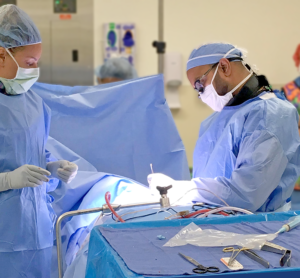Revision Spine Surgery
Copyright ©2019 all rights reserved
Brought by Spine & Orthopedic Center
 When revision spine surgery is performed, it is done to correct any issues which might have occurred during a prior surgical spinal procedure. Revision spine surgery is suggested in patients with chronic pain that continues, worsens, or new symptoms occur after a surgical procedure.
When revision spine surgery is performed, it is done to correct any issues which might have occurred during a prior surgical spinal procedure. Revision spine surgery is suggested in patients with chronic pain that continues, worsens, or new symptoms occur after a surgical procedure.
When a patient experiences failed back syndrome or failed back surgery, it is considered a condition that is used to describe persistent back pain following back surgery. There are many reasons that back surgery may or may not fail, even with the best surgeon and for the best indications, spine surgery is no more than 95% predictive of a successful result.
Some factors which are taken into consideration when determining if the patient is a candidate is as follows:
When performing revision spine surgery, the goal is to reduce pain and for the patient to resume normal everyday activities. This procedure is performed in certain conditions such as:
When performing revision spine surgery, this can typically be done minimally invasive. This procedure is done by making a small incision where a camera is then inserted along with tiny instruments. This method causes less damage to conjunctive tissue and muscles surrounding the spine. A laser scalpel will then be used to repair any damaged tissues which involve cutting away broken, malformed, or damaged tissue.
Procedures intended to repair previous interventions may include laminotomy, foraminotomy, facet thermal ablation, spinal fusion, and microdiscectomy. Rehabilitation after revision surgery includes exercises to harden the weakened muscles in the affected areas.